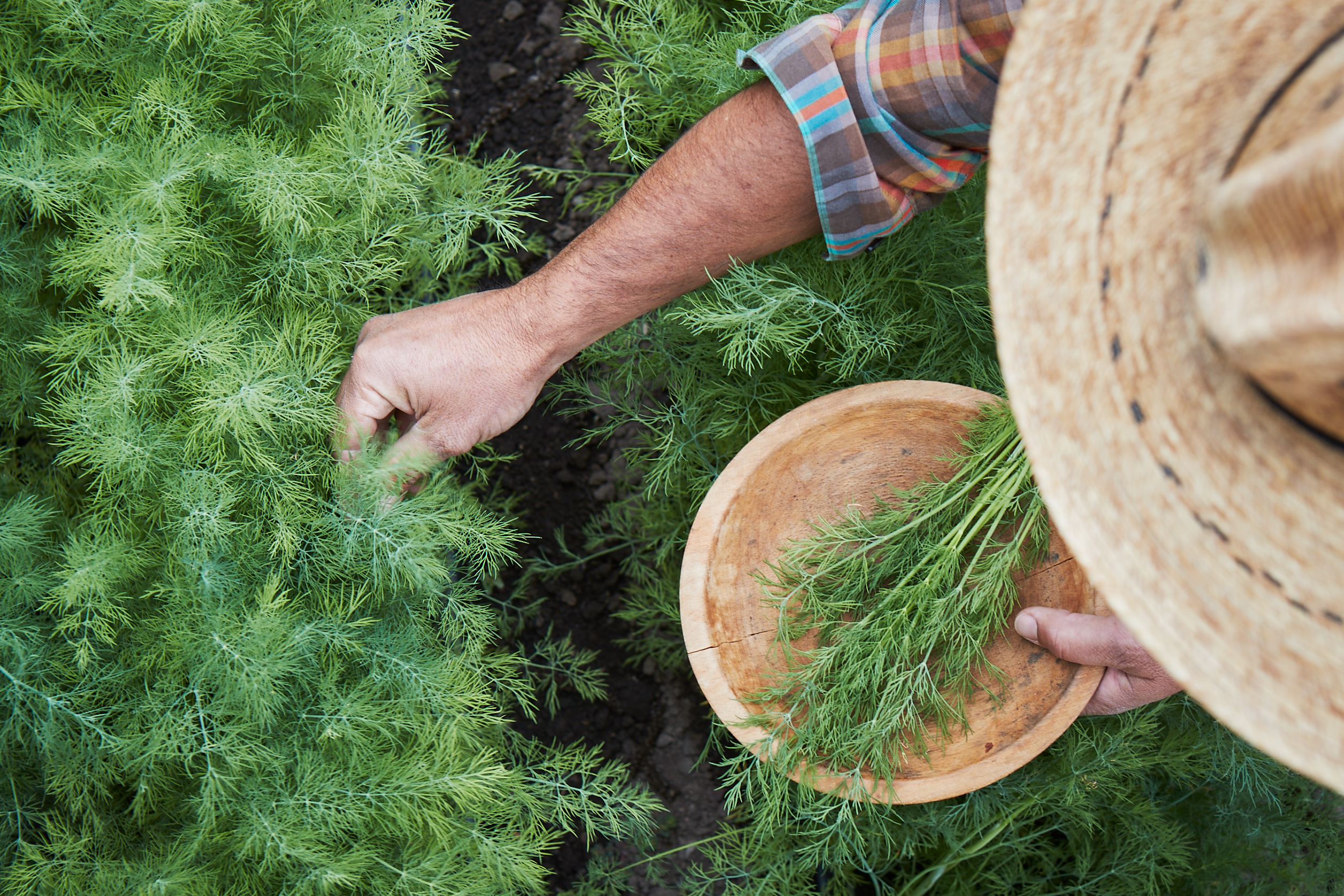Pairing Wine with Spring Fruits and Vegetables

Choose a state for shipping
Our products can only ship to specific states. Make sure yours is one of them.
Alabama
Browsing only. We cannot ship your state at this time.
Alaska
Some restrictions may apply.
Arizona
Arkansas
Some restrictions may apply.
California
Colorado
Connecticut
Some restrictions may apply.
Delaware
Browsing only. We cannot ship your state at this time.
District of Columbia
Florida
Some restrictions may apply.
Georgia
Hawaii
Idaho
Illinois
Indiana
Browsing only. We cannot ship your state at this time.
Iowa
Kansas
Kentucky
Louisiana
Browsing only. We cannot ship your state at this time.
Maine
Maryland
Massachusetts
Michigan
Minnesota
Mississippi
Browsing only. We cannot ship your state at this time.
Missouri
Montana
Nebraska
Nevada
New Hampshire
Some restrictions may apply.
New Jersey
Browsing only. We cannot ship your state at this time.
New Mexico
New York
North Carolina
North Dakota
Ohio
Oklahoma
Browsing only. We cannot ship your state at this time.
Oregon
Pennsylvania
Rhode Island
Browsing only. We cannot ship your state at this time.
South Carolina
South Dakota
Tennessee
Texas
Utah
Browsing only. We cannot ship your state at this time.
Vermont
Virginia
Washington
West Virginia
Some restrictions may apply.
Wisconsin
Wyoming
Browsing only. We cannot ship your state at this time.
Popular Products
no results found
Try searching another term or check your spelling.